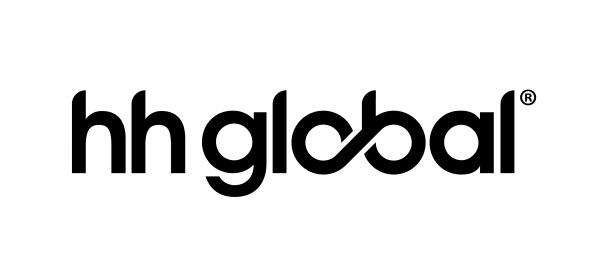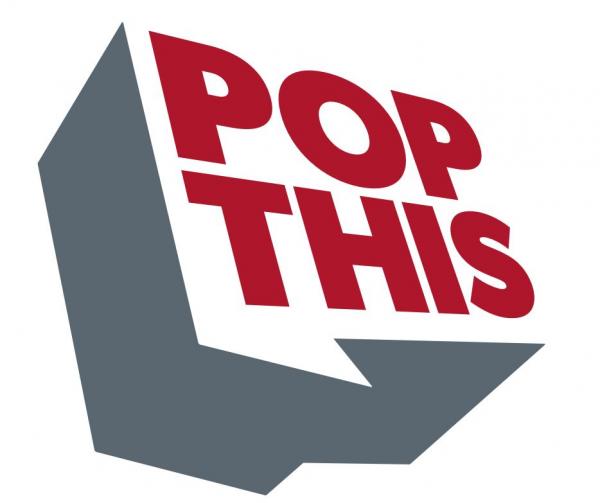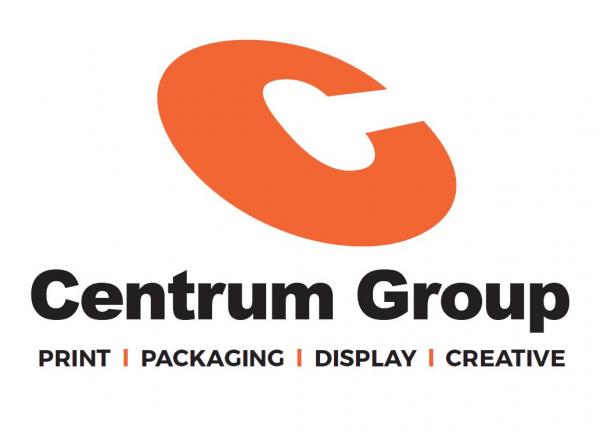E-commerce optimisation - creating connected experiences
By SGK
The world’s biggest companies, run largely by digital immigrant baby boomers, are still struggling to figure out how to navigate the new relationship between consumers and their brands.
The rules of engagement have changed. The role of packaging has changed.
This is because the entire marketing landscape has been irrevocably transformed by technology. Years ago, the path to purchase was linear; today it is completely non-linear.
How, when, where and why consumers make buying decisions today is influenced by exposure to an almost limitless barrage of content online 24/7.
To thrive in today’s rapidly-changing marketplace, companies must reimagine their relationships with customers and how they sell their products. Successfully synthesizing digital and physical commerce into a connected experience for customers requires a fundamental shift in thinking. Transformation, key to growth, is no longer a lofty aspiration. It’s required to win.
Consider this report by eMarketer: Amazon’s eCommerce revenue rose 15.8% in the last 12 months prior to June 2016, which is roughly the same as Wal-Mart. But Amazon posted $82.7 billion in sales, compared with $12.5 billion for Walmart, a chasm that just keeps widening.
McKinsey has noted, “Digital technology, despite its seeming ubiquity, has only begun to penetrate industries. As it continues its advance, the implications for revenues, profits, and opportunities will be dramatic. And that on average, industries are less than 40% digitized, despite the relatively deep penetration of these technologies in media, retail and high tech.”
So, the challenges most companies face today due to digital disruption promise only to become magnified in the next few years.
What does this mean to the packaging industry? The package that consumers view online is at least as important as the package on store shelves. And that the package on-shelf needs to support the brand’s marketing.
Grocery sales through online platforms represent a very small part of the overall grocery retail market, but are amongst the fastest growing segment.
The U.S. online grocery market is estimated to generate sales worth of about 14.2 billion U.S. dollars in 2017, with sales forecast to reach 29.7 billion U.S. dollars by 2021. Among the leading online food and beverage retailers in 2016, were Amazon and Walmart.
In 2016, some 5 percent of U.S. consumers preferred shopping for groceries online. In total, U.S. online grocery sales amounted to about 7 billion U.S. dollars in 2015 and are expected to rise to 18 billion U.S. dollars by 2020.
For time-strapped consumers, online grocery shopping is a convenient and timesaving option. When shopping for groceries online, U.S. consumers visited about 2.2 different websites during their online shopping trip on average.
About one third of consumers placed an order for groceries online about once a month in the United States in 2015. In the same year, the most popular e-grocery product categories included snacks, health and beauty care products and paper products such as paper towels or napkins in the U.S.
Online grocery sales set to surge — grabbing 20 percent of market by 2025. Online grocery shopping could grow five-fold over the next decade, with American consumers spending upwards of $100 billion on food-at-home items by 2025, according to a report released earlier this year.
"Grocery shopping will reach digital maturity and saturation faster than other industries that went online before, such as publishing or banking," said the report.
The report also found millennial shoppers surveyed were more willing to buy groceries online in the future than other consumer groups.
ABOUT SGK: SGK is a leading global brand development, activation and deployment company that drives brand performance. By creating brands, helping sell brands, producing brand assets and protecting brand equities, SGK helps their clients achieve higher brand performance. SGK's global footprint spans more than 20 countries. SGK was formerly marketed as Schawk, Inc. and is a division of Matthews International Corporation.











